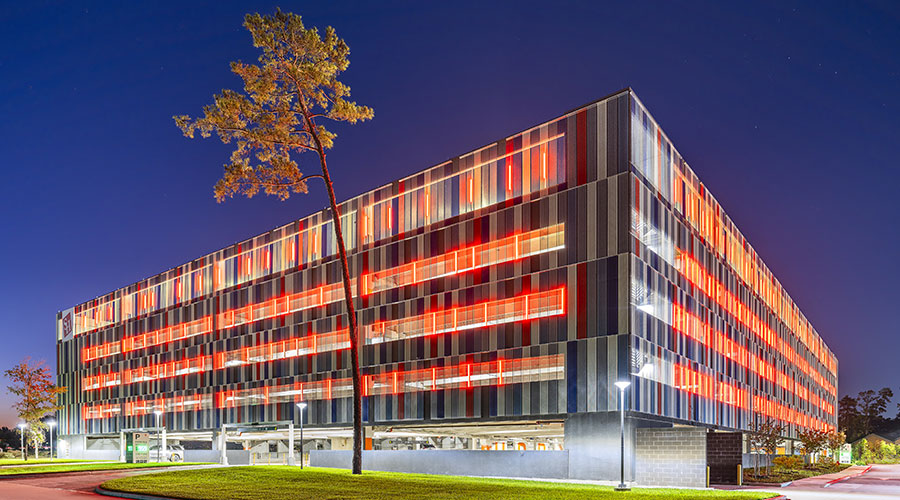Office Lighting Design Must Have More Goals Than Just Energy Efficiency
Less is more: That's a good way to describe the guiding philosophy for office design over the past decade. Companies have trimmed the individual space allotted to employees, whittled away at the physical barriers between office workers, and reduced the overall environmental footprint of the space. "Less" has often been the guiding principle in planning for lighting systems as well. Trimming lighting energy use has been both more important and less difficult thanks to advances in technology, coupled with new codes and standards.
As important as it is, however, energy efficiency is only one goal of a lighting design. "What we see is energy-efficient lighting in new and renovated projects with very poor lighting quality that does not serve the long-term needs of people using the space or the companies that pay those people," says Stefan Graf, principal, sustainable lighting and technology design, Illuminart. "Quality factors include lighting designed to support the visual process and the biological well-being of people in a space," says Graf.
There's no need to give up lighting quality in the quest for energy efficiency, say experts. But lighting quality is not an accident. If facility managers don't make lighting quality a priority, there's a real risk that a space will be poorly lighted, even though it may be energy efficient.
Optimizing Lighting Quality
Lighting is a holistic process, says Graf, and should not be thought of as simply part of the building system. For optimal visibility, lighting design has to consider such diverse factors as daylight, a control system, and the reflectance values of walls, ceilings, and partitions in an open office. The Illuminating Engineering Society's new recommended practice guide for lighting design (DG18, Light + Design: A Guide to Designing Quality Lighting for People and Buildings) is a valuable but underused resource, says Graf.
Daylight is a good example of a strategy that can combine energy savings with improved lighting quality. Graf believes that 80 percent of today's buildings can be lit with natural light. "In old buildings, skylights can be installed," he says, "and new tools can be used to harvest and optimize natural light and bring it deep into the space without causing any glare."
In a redesigned space that has windows, the furniture should be laid out to get the maximum benefit from daylighting, says Lee Brandt, associate principal, HLB. "You can keep private offices toward the core and open offices on the perimeter so more people will have access to daylight," she says. Orientation is a number one priority in new spaces, Brandt notes. "An east-west orientation is not useful, because you get direct light in the morning and afternoon, and that can create a glare problem."
Related Topics:














